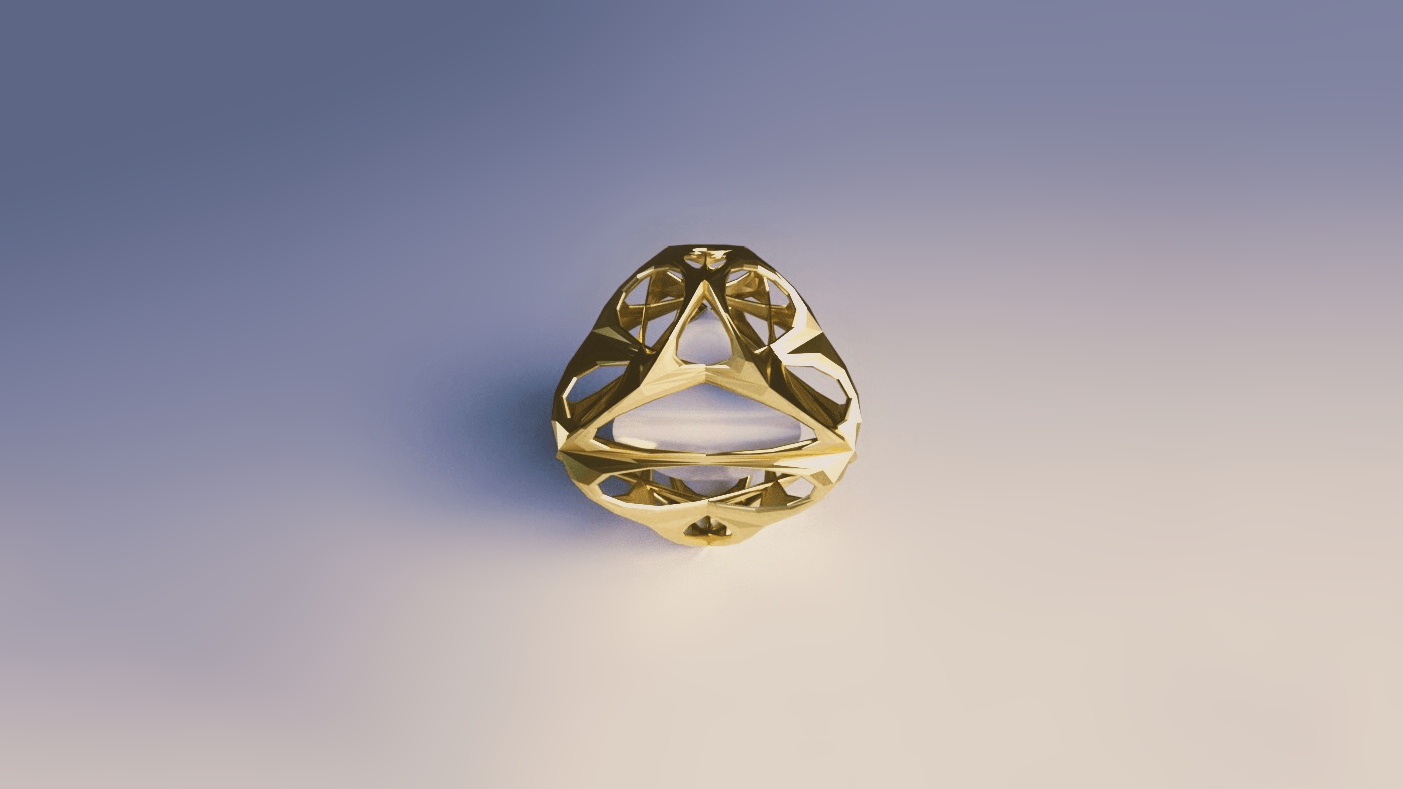Procedurally Generated Jewelry
“
What if personalities were tangible?The Myers–Briggs Type Indicator (MBTI) is a popular personality test that aims to indicate psychological preferences in how people perceive the world around them and make decisions. While it gives us a decent insight into people's personality types as numbers, it overlooks the nuance and richness of individuals.
A small team took the challenge to visualize MBTI data using forms of jewelry pieces in order to capture the true beauty of human personalities.
Early Form Exploration
The difficulty in visualizing high dimensional data sets is that a 2D screen seems to be no longer sufficient. Instead of relying on flat shapes, the team started exploring visualising using 3D forms. Various combinations of shapes, materials and colors had been tried to showcase the different characteristics of human personalities.
Highly inspired by the jewels on a charm bracelet, which had an interesting variety of looks for the project to use as a reference, the team eventually landed on a 2-layer jewelry model consisting of a core and a cage, with the core reflecting a person’s internal thought model and the cage indicating how someone interacts with the outside world.
Map Personalities to Visuals
The MBTI weighs people on 4 different axes:
EXTROVERTED vs. INTROVERTED
INTUITIVE vs. OBSERVANT
THINKING vs. FEELING
JUDGING vs PERCEIVING
The team examined the different aspects and preferences of each personality type and tied them to corresponding aspects of the visual presence of the jewels. Test scores were translated carefully in terms of warmth of colors, softness of materials and distinctive sizes and shapes, visualising cold numbers into something people can directly feel and react to emotionally.

Copper Cage
“Like copper with its timeless beauty and practicality, I prefer using logic for decision-making in my outer life with a preference of an orderly way of life.”
Pearl Core
“I have an enthusiastic, creative and sociable free spirit inside that shines like a pearl, who can always find a reason to smile.”
Twisted Shape
“I enjoy adding meaning and interpret on top of the information I take, which leads to a overall slightly twisted shape.”
Smooth Edges
“As smooth edges indicate being caring, warm, and tactful, I have a strong motivation to establish and maintain harmony in human relationships.”
Procedural Generation
While hand-tweaked models made perfect sense for the design and exploration phase, it was clear that an automated algorithm was needed to cater for the millions of different personalities on the planet.
The team built a python script that parameterized and streamlined the process of generating a jewel, and it took many iterations and intense collaboration between the designer and the technologist to design an algorithm that finally defines a set of rules how different data affects the appearance of a jewel.

Team Shot
After applying the same algorithm to all the different team members in the studio, the result was very inspiring to see.
What's showing here is a team shot of the technology team, with a knowingly diverse set of personalities. The generated jewels have definitely captured that, leading to very interesting and distinctive-looking jewels representing each person.
Physical Prototyping
The team created the first physical prototype a few months after the initial design. Partnered with a jewelry designer, we hand-crafted the core out of a solid mahogany rod, and 3D printed the gold shell. The wooden core was then placed inside the two halves of the shell, which were later welded together and polished to achieve the final look.
Data collection: Chiayu Hsu, Hammans Stalling
Art direction and 3D modeling: Henry Hu
Scripting and algorithm design: Alan Stafford, Henry Hu
Physical prototyping: Markus Boelter, Paul Adams